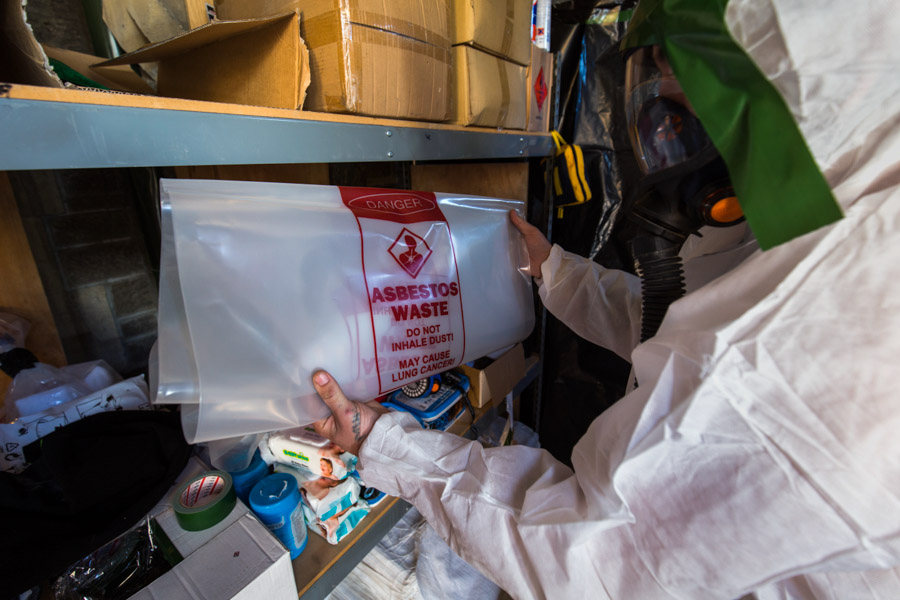How asbestos is dealt with
Due to the risk of harm to our health and the environment, asbestos should be appropriately managed when demolishing, repairing, or renovating buildings.
Asbestos is a building material that was popular in New Zealand between 1940 and 1990 but was continuously used in buildings constructed before 2000.
Asbestos is a significant health hazard when airborne particles are inhaled.
Fibres may become airborne during the demolition, renovations, repairs of buildings containing asbestos. A key aspect of dealing with building waste is the management of asbestos.
Asbestos poses low risk to human health and is safe if left intact and undisturbed.
Intensive planning and preparation are required to ensure the appropriate management, removal and disposal of asbestos and asbestos containing material (ACM).
Asbestos identification is important
We want to make certain that asbestos handling and disposal are done correctly to ensure the safety of people and the environment.
Proactive identification of asbestos is key to appropriate management, removal and disposal of asbestos and ACM.
To protect the environment, we take enforcement action on Illegal, unsafe or inappropriate disposal of asbestos.
We work closely with WorkSafe New Zealand, and other agencies to ensure proper and appropriate management and disposal of asbestos and ACM
Asbestos information for tradespeople
If you are a business owner or contractor that provides home improvement trades and water blasting services, it is your responsibility to investigate building materials before you begin a job.
WorkSafe New Zealand's quick guide for tradespeople says that when contractors are working at a residential property, they should ask the homeowner if they know if there is any asbestos in or around the house. If no one knows for sure, the contractor should carry out necessary checks, including testing. If needed, control measures can then be put in place before any work starts.
Ministry of Health guidelines for the management of lead-based paint informs contractors that they should assume paintwork on pre-1980 buildings is lead-based unless it is proven otherwise by records or testing.
Failure to comply may result in enforcement actions for you and your business.
Contact information and helpful links
WorkSafe New Zealand administers the Health and Safety at Work Act 2015, New Zealand’s workplace health and safety law. The Health and Safety at Work (Asbestos) Regulations 2016 sit under the Act, and are also administered by WorkSafe New Zealand.
Worksafe New Zealand’s website provides a comprehensive guide for identifying, working with, and disposing of asbestos. It also covers licensing and information for home owners and landlords.
For more information on the risks to human health associated with asbestos, visit the Ministry of Health.

